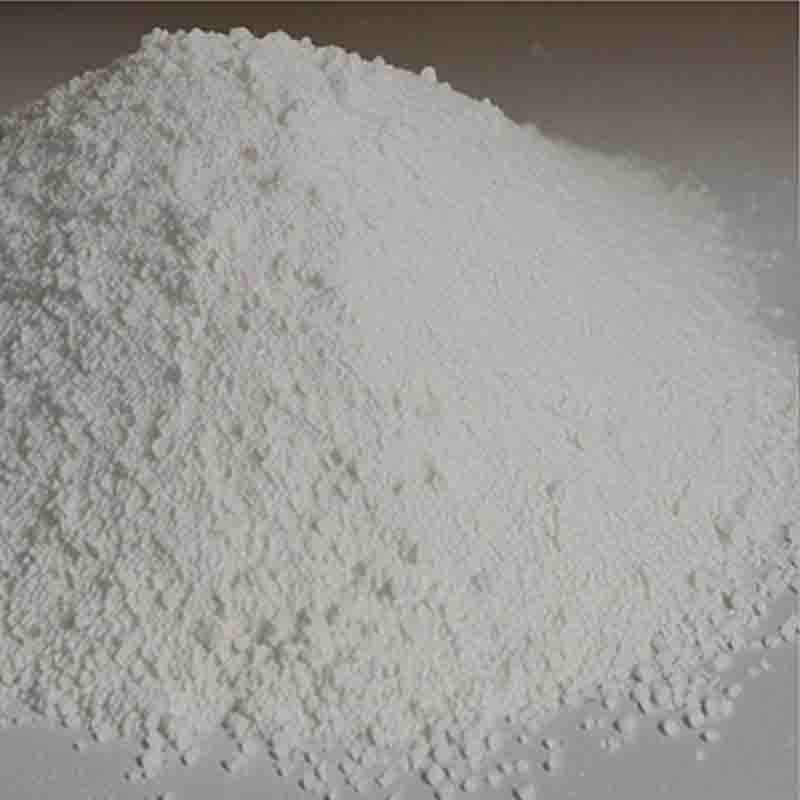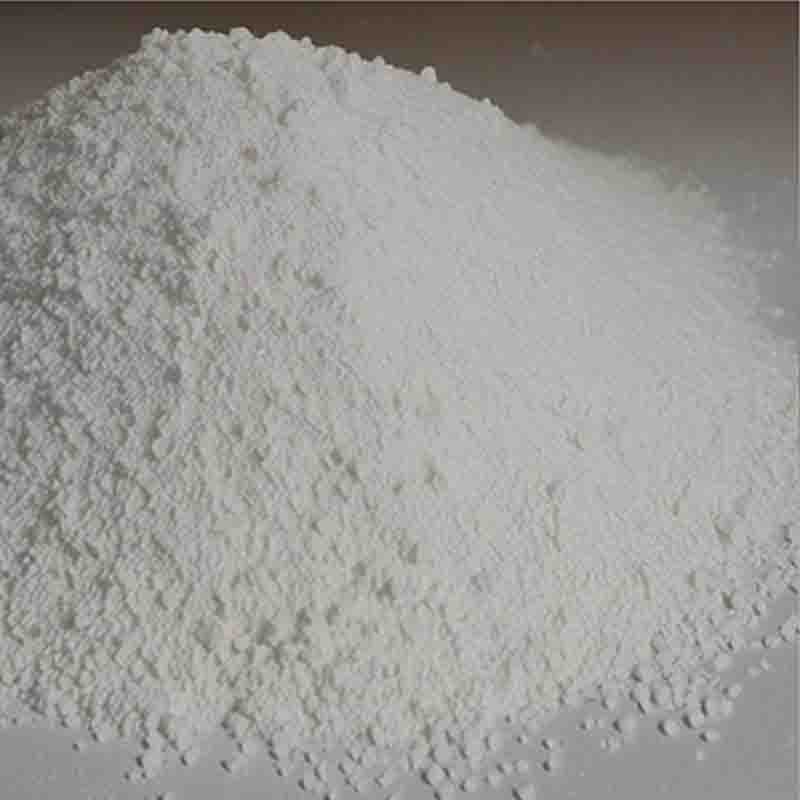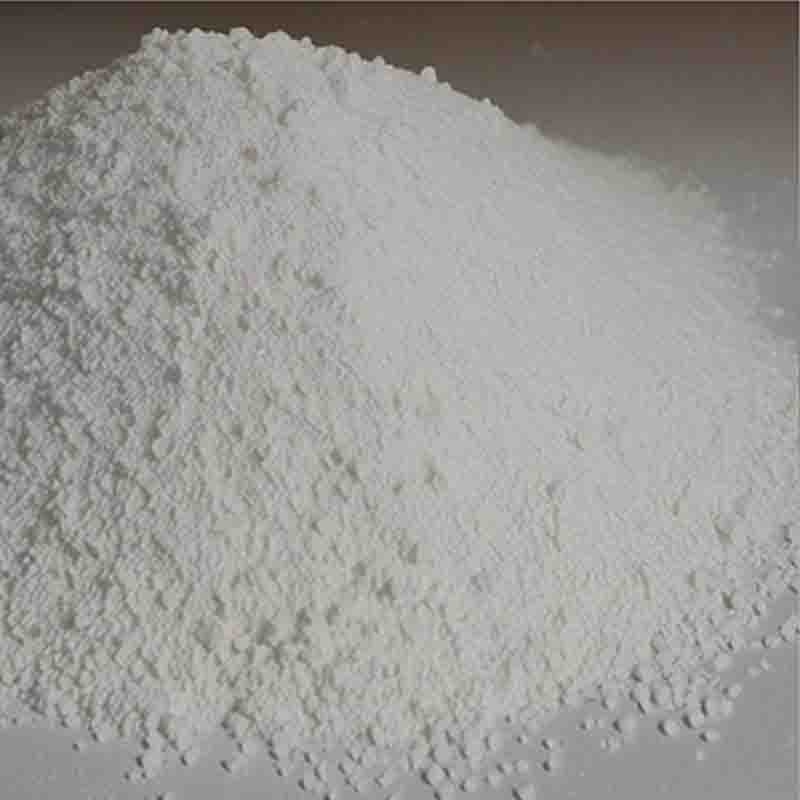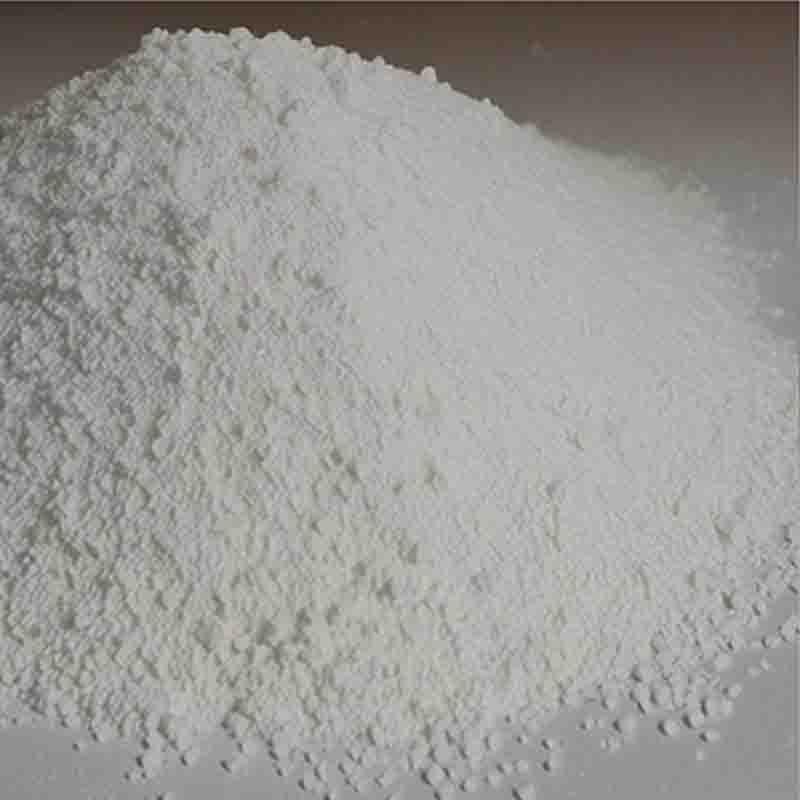2-Bromo-9H-carbazole CAS: 3652-90-2
| Catalog Number | XD94752 |
| Product Name | 2-Bromo-9H-carbazole |
| CAS | 3652-90-2 |
| Molecular Formula | C12H8BrN |
| Molecular Weight | 246.1 |
| Storage Details | Ambient |
Product Specification
| Appearance | White powder |
| Assay | 99% min |
2-Bromo-9H-carbazole is a compound that has various applications in different industries.
One of the main uses of 2-Bromo-9H-carbazole is as a building block in organic synthesis. It can be used as a starting material for the synthesis of various compounds, including pharmaceuticals, agrochemicals, and specialty chemicals. The bromo substituent on the carbazole ring enables the introduction of specific functionalities, allowing for the design of molecules with desired properties.
Furthermore, 2-Bromo-9H-carbazole finds application as a reagent in organic reactions. The bromo group can undergo various transformations, such as substitution and coupling reactions, to form new carbon-carbon or carbon-heteroatom bonds. These reactions are essential in the synthesis of complex organic compounds, including natural products and drug candidates.
2-Bromo-9H-carbazole can also be used as a precursor in the production of dyes and pigments. It can undergo further functionalization reactions to introduce additional groups or undergo polymerization reactions to form polymeric dyes. These dyes and pigments have applications in various industries, including textiles, printing, and paints.
Moreover, 2-Bromo-9H-carbazole can find application as a material in organic electronics. Carbazole derivatives have been extensively studied for their semiconducting properties, and the bromo substituent can further enhance these properties. 2-Bromo-9H-carbazole can be used in the fabrication of organic light-emitting diodes (OLEDs), organic photovoltaics (OPVs), and organic field-effect transistors (OFETs).
In addition, 2-Bromo-9H-carbazole can find application as a reagent in analytical chemistry. It can react with various compounds to form colored products, which can be detected and quantified. This property makes 2-Bromo-9H-carbazole useful in assays and tests for the determination of certain analytes.
In conclusion, 2-Bromo-9H-carbazole has versatile applications in organic synthesis, dye production, organic electronics, and analytical chemistry. Its unique structure and properties make it a valuable compound in various industries, contributing to advancements in pharmaceuticals, materials science, and chemical research.









